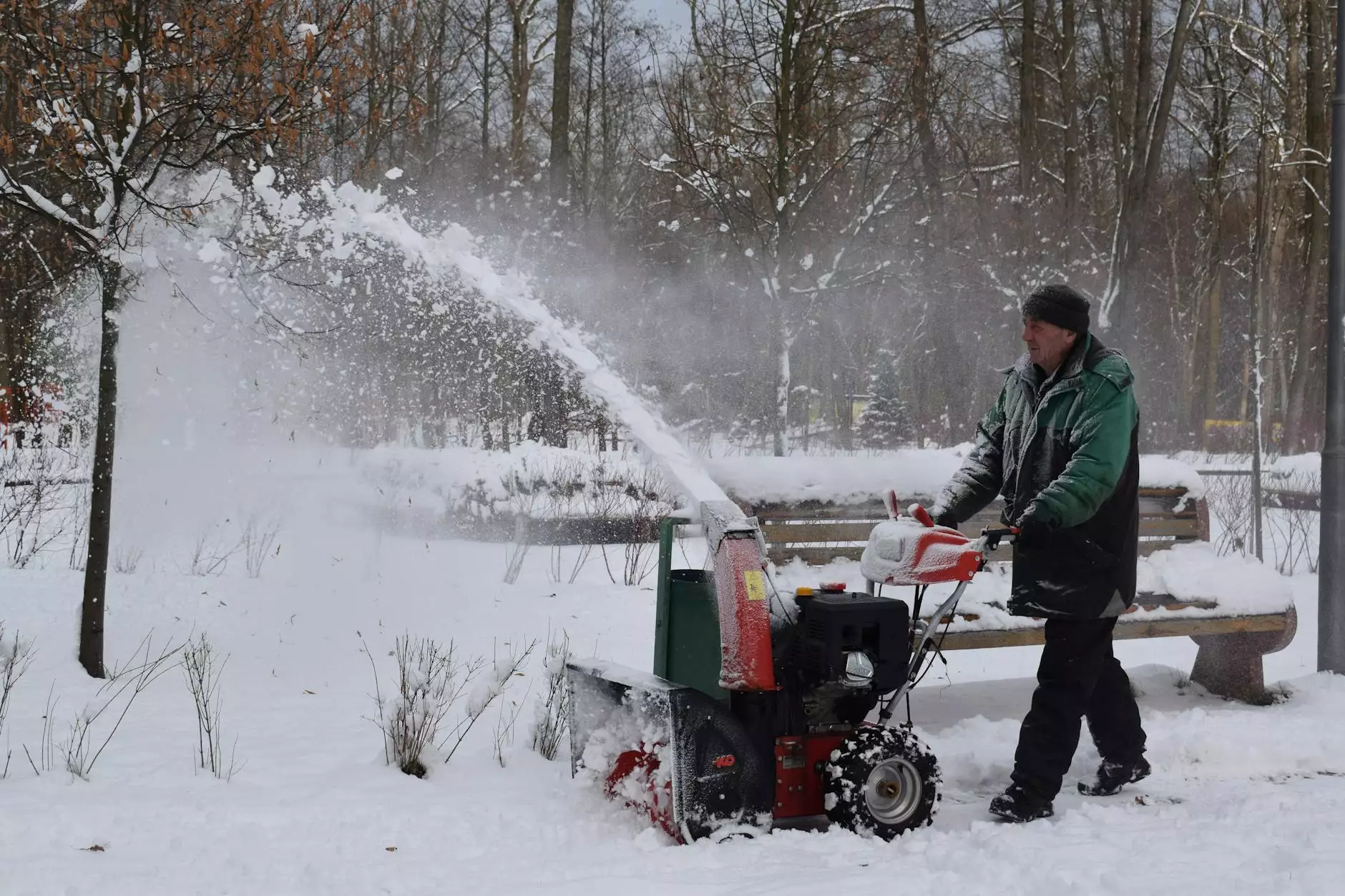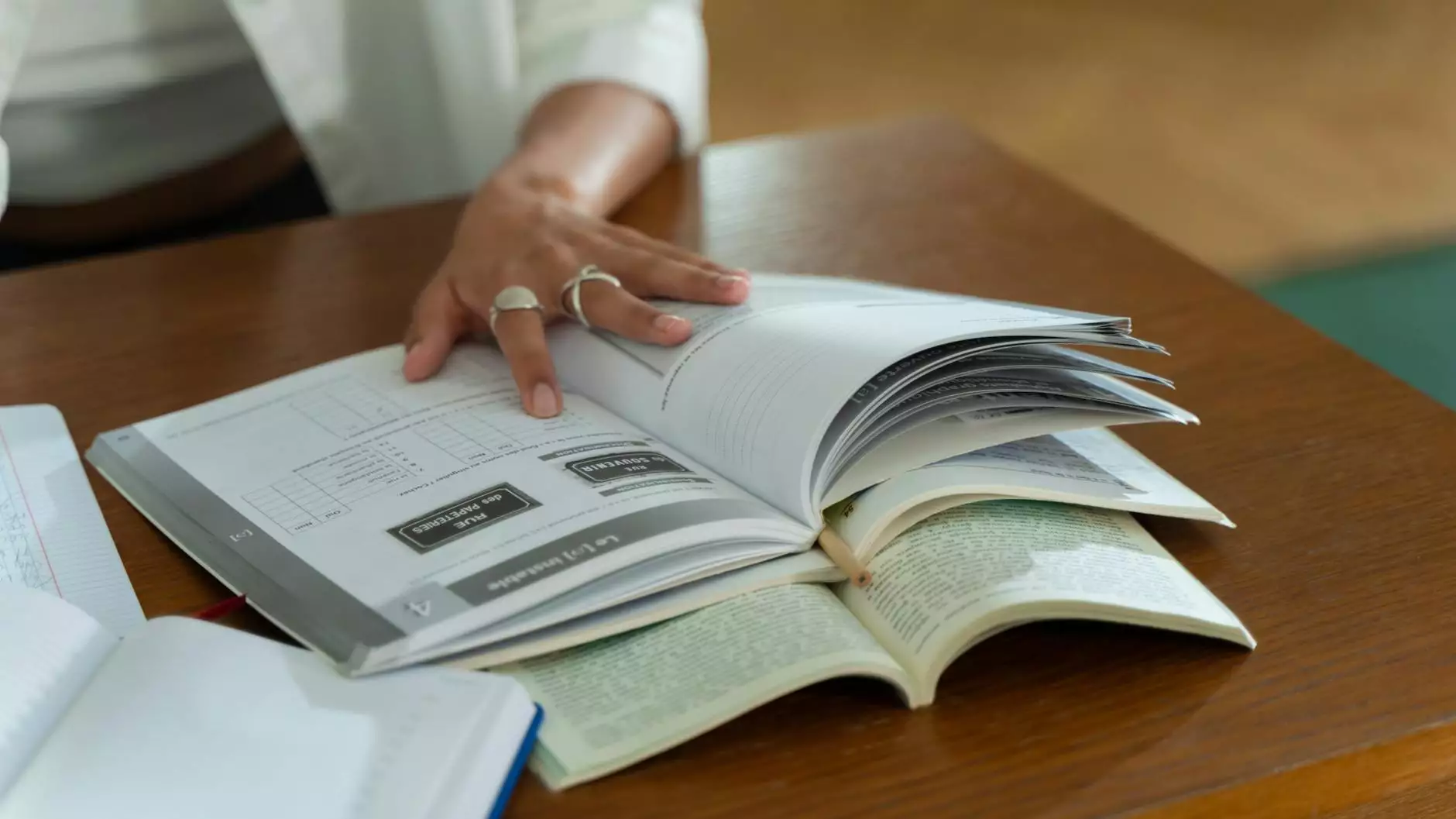Tendinitis vs Tendinosis vs Tendinopathy: Understanding the Key Differences

When it comes to pain and ailments affecting the joints and muscles, terms like tendinitis, tendinosis, and tendinopathy often come into play. Despite their similar sounds, these terms describe different conditions related to tendon injury and dysfunction. This article aims to dissect these medical terms, elucidate their differences, and provide valuable insights into their treatment and prevention. Understanding these distinctions is crucial for anyone experiencing chronic pain related to these conditions.
What Are Tendons?
Before diving into the differences between tendinitis, tendinosis, and tendinopathy, it's vital to understand what tendons are. Tendons are robust, fibrous connective tissues that connect muscles to bones. They play a crucial role in facilitating movement and stability around the joints. In essence, tendons are the conveyors of force from muscle to bone, enabling actions from walking to lifting heavy objects.
Defining Tendinitis
Tendinitis is an inflammatory condition affecting a tendon. It usually arises from an acute injury, repetitive motion, or overuse. Common sites for tendinitis include the shoulder (rotator cuff tendinitis), elbow (tennis elbow), knee (patellar tendinitis), and Achilles tendon.
Symptoms of Tendinitis
- Pain around the joint, especially during movement
- Swelling and tenderness in the affected area
- Difficulty in movement of the affected limb
- Stiffness, especially after periods of inactivity
Treatment Options for Tendinitis
Effective treatments for tendinitis often include:
- Rest: Allowing the tendon to heal by avoiding aggravating activities.
- Ice Therapy: Applying ice can reduce swelling and pain.
- Physical Therapy: Engaging in rehabilitation exercises to restore strength and flexibility.
- Anti-Inflammatory Medications: Nonsteroidal anti-inflammatory drugs (NSAIDs) can relieve pain and reduce inflammation.
Understanding Tendinosis
Tendinosis is a degenerative condition rather than inflammatory. It typically develops over time due to chronic overuse of the tendon, leading to a breakdown of collagen fibers. This degeneration might occur in conjunction with tendinitis, but it is crucial to distinguish between the two.
Symptoms of Tendinosis
- Chronic pain that has persisted for months or longer
- Stiffness and weakness in the affected area
- Swelling that may or may not be present
- Decreased range of motion over time
Treatment Options for Tendinosis
Unlike tendinitis, treatment for tendinosis focuses on rehabilitation and restoring tendon health:
- Loading Exercises: Gradually increasing the stress on the tendon through specific exercises.
- Cryotherapy: Applying cold therapy to manage pain.
- Ultrasound Therapy: Using sound waves to promote healing.
- Platelet-Rich Plasma (PRP) Injections: Utilizing components of your blood to enhance healing.
Exploring Tendinopathy
Tendinopathy serves as an umbrella term that encompasses both tendinitis and tendinosis. It signifies any chronic condition affecting a tendon, marked by pain, swelling, and impaired function. Tendinopathy develops due to overuse or injuries to the tendon over time.
Symptoms of Tendinopathy
- Persistent pain around the tendon site
- Swollen and thickened tendon
- Cracking or popping sounds during movement
- Weakness in the affected musculature
Treatment Options for Tendinopathy
Management of tendinopathy may include a combination of approaches discussed above for both tendinitis and tendinosis:
- Education: Understanding the condition to establish realistic goals for recovery.
- Cross-Training: Modifying activities to avoid further injury while maintaining fitness.
- Rehabilitation Programs: Engaging in tailored physical therapy protocols.
Differences Explained: Tendinitis vs Tendinosis vs Tendinopathy
In summary, while tendinitis is characterized by inflammation and often arises from acute injury or overuse, tendinosis is a chronic condition linked to degeneration of the tendon without significant inflammation. On the other hand, the umbrella term tendinopathy encompasses all types of tendon injuries, including both conditions.
Key Takeaways
- Tendinitis: Acute inflammation, pain, and potential swelling.
- Tendinosis: Chronic degeneration, persistent pain, and functional impairment.
- Tendinopathy: General term for tendon issues, can include either tendinitis or tendinosis.
Prevention of Tendon Injuries
Preventing conditions such as tendinitis, tendinosis, and tendinopathy involves both lifestyle modifications and proper training techniques:
- Warm-Up Properly: Always perform dynamic stretches before engaging in physical activity.
- Strength Training: Focus on strengthening muscles around the joints to better support tendons.
- Use Proper Equipment: Use appropriate footwear and sports equipment to minimize stress on tendons.
- Avoid Overtraining: Gradually increase the intensity and duration of physical activities to prevent injuries.
When to Seek Professional Help
If you are experiencing signs or symptoms of tendinitis, tendinosis, or tendinopathy, it is important to consult with a healthcare professional. Early intervention can lead to a better prognosis and quicker recovery. Your healthcare provider can conduct a thorough assessment, recommend imaging studies if necessary, and create a tailored treatment plan that might include chiropractic care, physical therapy, or other medical interventions.
Conclusion
Understanding the differences among tendinitis, tendinosis, and tendinopathy is invaluable for anyone involved in physical activity or sports. Knowledge of these conditions, their symptoms, and treatment options empowers individuals to address tendon pain effectively and prevent future injuries. Be proactive about your joint health, and don’t hesitate to seek professional advice when necessary.
At IAOM-US, we emphasize comprehensive care for all your health and medical needs, including chiropractic services and physical therapy. Our team is dedicated to improving your quality of life through tailored rehabilitation programs. Don’t let tendon issues hold you back—commit to your health today!









